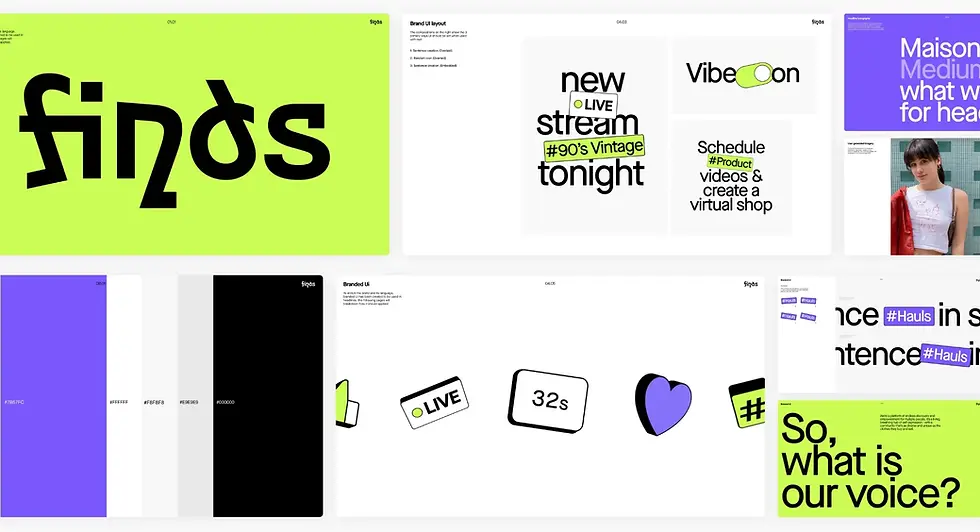Customisation as Culture — Why Gen Z Rejects Minimalist Branding
- Content Department
- Aug 15
- 1 min read

For years, brands chased the “clean” look — sleek logos, muted colours, and minimalist packaging. But scroll through TikTok in 2025 and you’ll see something very different. Gen Z is embracing what’s been called chaotic customisation — layering jewellery, accessorising accessories, and remixing their wardrobes in ways that throw out the rulebook. At SCROll STOP, we see this as more than a passing trend. It’s a signal that branding needs to evolve.
What’s behind the shift?
Individuality matters: Younger audiences are tired of cookie-cutter aesthetics. They want brands that give them tools for self-expression.
DIY culture: From custom phone cases to stickers on laptops, Gen Z loves to make their mark on everyday items.
Rebellion against sameness: Minimalism once felt fresh, but now it’s “basic.” Loud, layered, and imperfect feels more authentic.
What does this mean for brands?
Build flexibility into branding: Think customisable packaging, limited-edition collabs, or design elements that consumers can play with.
Don’t fear visual chaos: Bold colour, layered graphics, and interactive campaigns stand out to Gen Z.
Focus on community-driven creativity: Encourage user-generated content that shows how people personalise your brand.
Minimalist design isn’t disappearing, but it no longer defines cultural relevance. For Gen Z, branding is about personalisation and play. Agencies and marketers who adapt will build stronger emotional connections with their audiences.





Comments